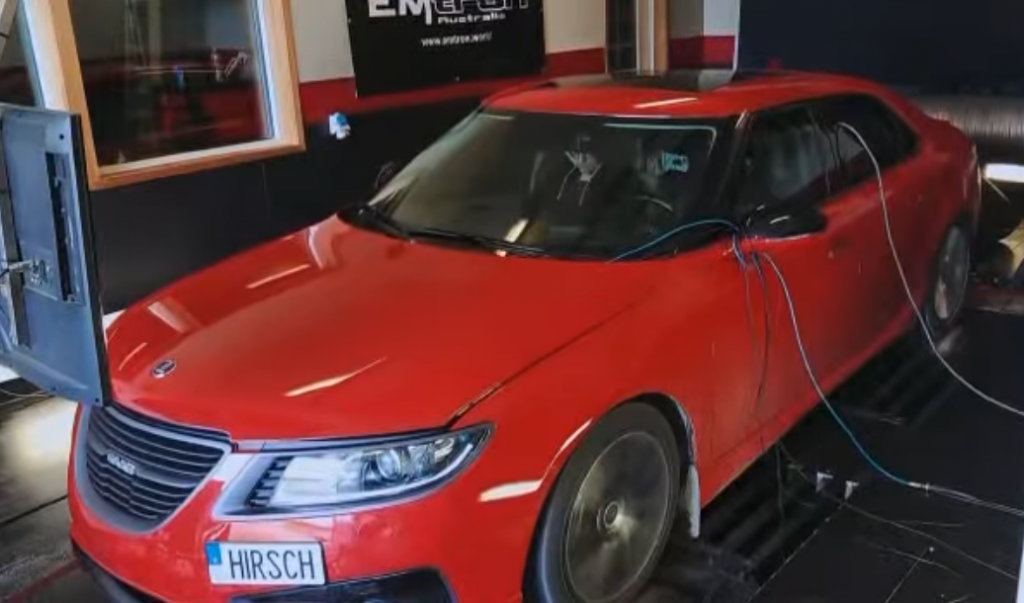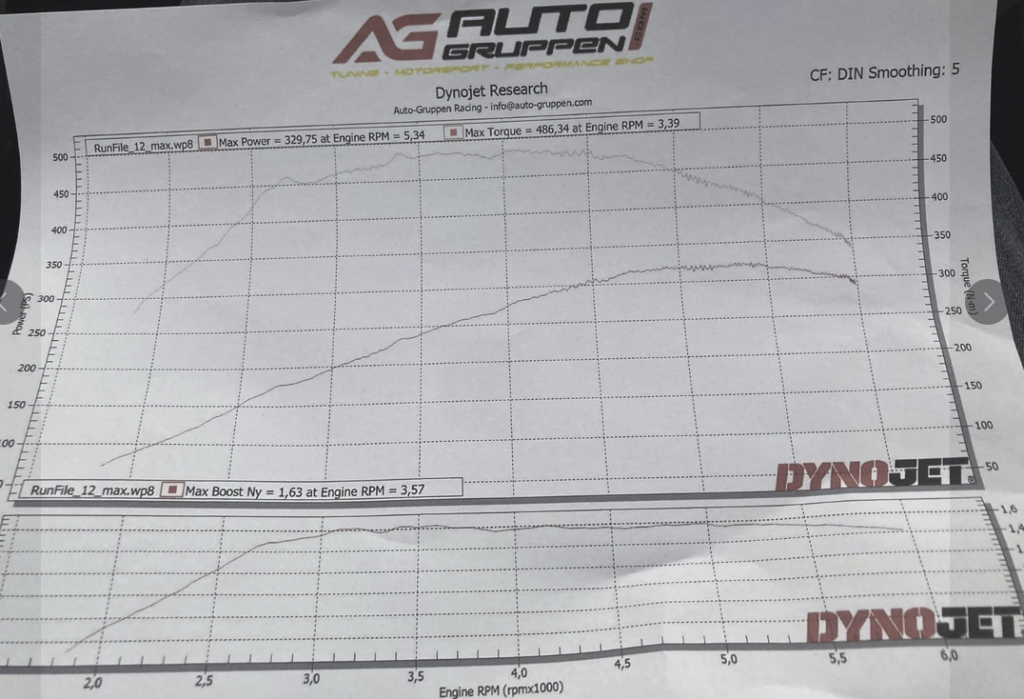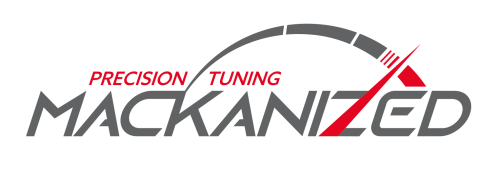Tuning the Saab 9-5 NG – Unlocking the Potential of Modern Turbo Power
The Saab 9-5 NG (New Generation), produced from 2010 until Saab’s unfortunate closure in 2011, remains a favorite among enthusiasts due to its distinctive design, advanced technology, and solid GM-based underpinnings. But for those who want more than the factory specs, tuning offers a real opportunity to enhance performance and drivability.
In this guide, we’ll look at tuning options for the 9-5 NG’s most common engines: the 4-cylinder A20NHT/NFT, the powerful V6 A28NER, and the diesel variants A20DTH and A20DTR.
A20NHT & A20NFT – 2.0 Turbo Petrol & E85
These 2.0-liter inline-4 direct-injected turbo engines are the most common in the 9-5 NG lineup. Factory power 220 Hp 350 Nm, same powerlevels both on Petrol and Flexfuel variants.
2010 Petrol A20NHT uses a Bosch MED9.6.1 ECU
2011 Petrol and Flexfuel uses an AC Delco E39 ECU. Petrol variants lack the ethanol sensor but can be upgraded! Our reseller “Mannes” in Sölvesborg has done several conversions including forged internals and upgraded turbochargers!
Tuning potential:
- Stage 1 remaps typically bring power up to ~270–290 hp and torque to around 420–450 Nm, depending on fuel quality.
- Stage 2 adds additional routines to make full use of XWD power and reduces lag when combined with automatic gearboxes.
- Make sure to opt in for AF40-6 TCM Tuning software upgrade of the Gearbox to unlock faster and smoother shifting with removed torque limiters!
- Stage 3 adds a downpipe and freer-flowing exhaust, pushing power to ~300+ hp on petrol and 330+ hp on E85. Torque levels are limited by the transmission variants.
- E85 (A20NHT) versions allow more aggressive timing and boost, giving better gains on stock hardware.
The red NG9-5 Aero 2011 below achieved an impressive ~330 whp & ~480 Nm, add at least 10% to see power at the crankshaft! This was with an aggressive tune with upgraded intercooler, air intake, downpipe and exhaust.


Common mods:
- ECU remap (via reseller or custom flash tools)
- Intercooler upgrade (for improved intake temperatures under load)
- Turbo upgrade (Custom options for 330+ hp, usually a compressor wheel upgrade but in some cases also the turbine wheel to reach 400 hp)
- Intake and exhaust modifications (catless or sport cat downpipe)
Reliability tip: Watch fuel pressure and injector duty cycle—these engines can run lean under heavy load if tuning is too aggressive without hardware upgrades, especially on E85!
A28NER – 2.8 V6 Turbo
This V6 powerhouse, borrowed from GM’s global platform, delivers 300 hp in stock trim and is paired with Saab’s XWD system. It’s the premium choice for users looking for big power.
Tuning potential:
- Stage 1 remaps safely push output to ~330-340 hp and 480 Nm.
- Make sure to opt in for AF40-6 TCM Tuning software upgrade of the Gearbox to unlock faster and smoother shifting with removed torque limiters!
- Stage 2/3 setups with upgraded intercooler, improved air intake, free flow exhaust and upgraded turbo.
Key upgrades:
- High-flow downpipe and full exhaust
- Larger intercooler
- Transmission tuning (especially for the 6T70 auto, which can lag under increased torque)
- Methanol injection for heat management at higher boost
Caution: Engine internals (pistons/rods) are robust but not limitless—past ~420 hp, consider forged components.
A20DTH & A20DTR – 2.0 Diesel Tuning
The diesel options (160–190 hp stock) may not be rocket ships from the factory, but they offer good torque and excellent tuning headroom for daily driving or towing.
Tuning potential:
- Stage 1 remap: ~200–220 hp, 420–450 Nm
- Make sure to opt in for AF40-6 TCM Tuning software upgrade of the Gearbox to unlock faster and smoother shifting with removed torque limiters!
- Stage 2 (with DPF/EGR mods): ~230–250 hp, with improved responsiveness
Common mods:
- St1, ECU remap with torque limiter adjustments
- Options:
- EGR delete (software and/or blanking plate)
- DPF delete (off-road use only – note emissions legality in your country)
- Better flowing intake or panel filters
Note: Always make sure to inspect pressure hoses for cracks and leaks. If measured air escapes the closed system the diesels will run with high EGT and black smoke!
